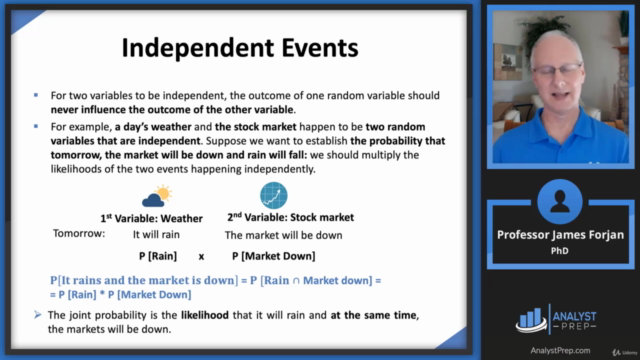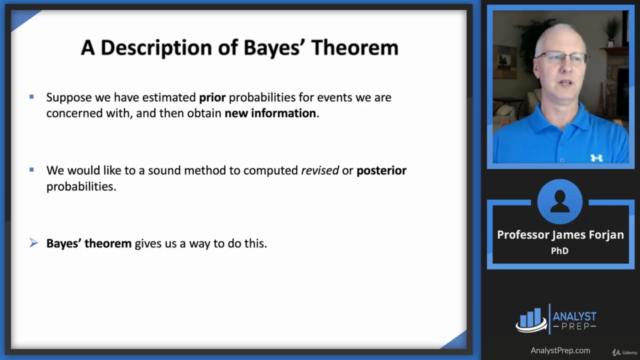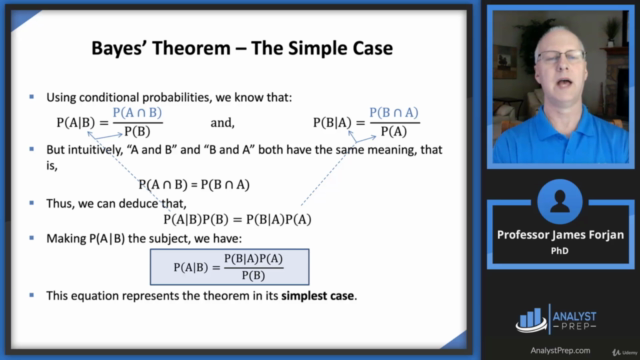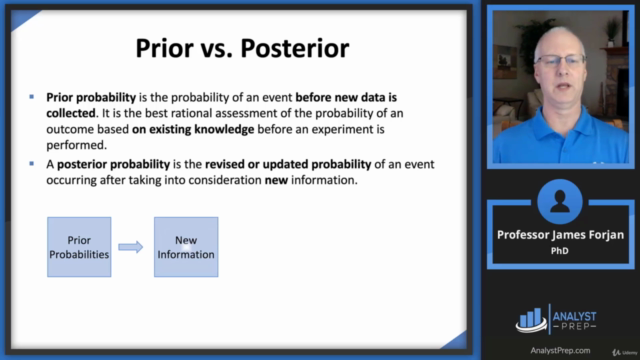FRM Part 1 - Book 2 - Quantitative Analysis
FRM Course by Prof. James Forjan
4.40 (221 reviews)

3,932
students
9 hours
content
Jan 2024
last update
$49.99
regular price
What you will learn
FRM Part 1 - Book 2 - Quantitative Analysis
Screenshots




Related Topics
2423696
udemy ID
6/21/2019
course created date
6/27/2019
course indexed date
Bot
course submited by